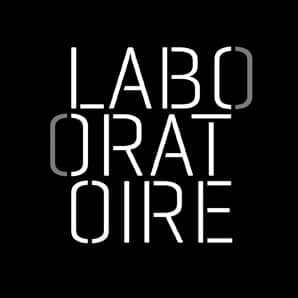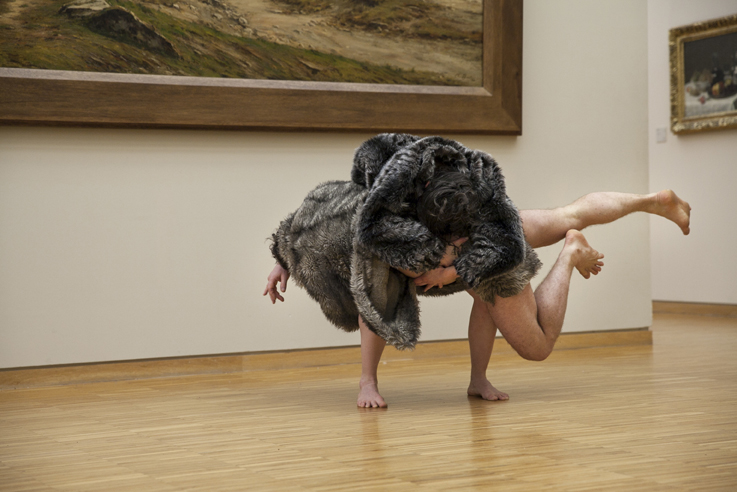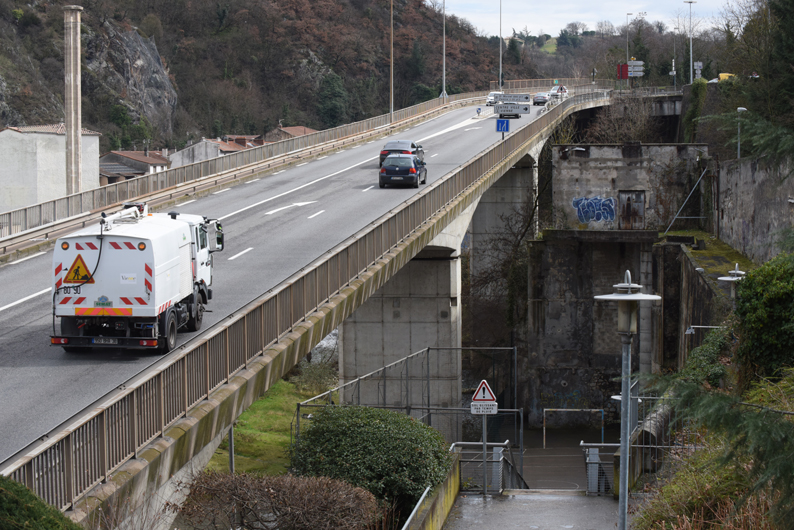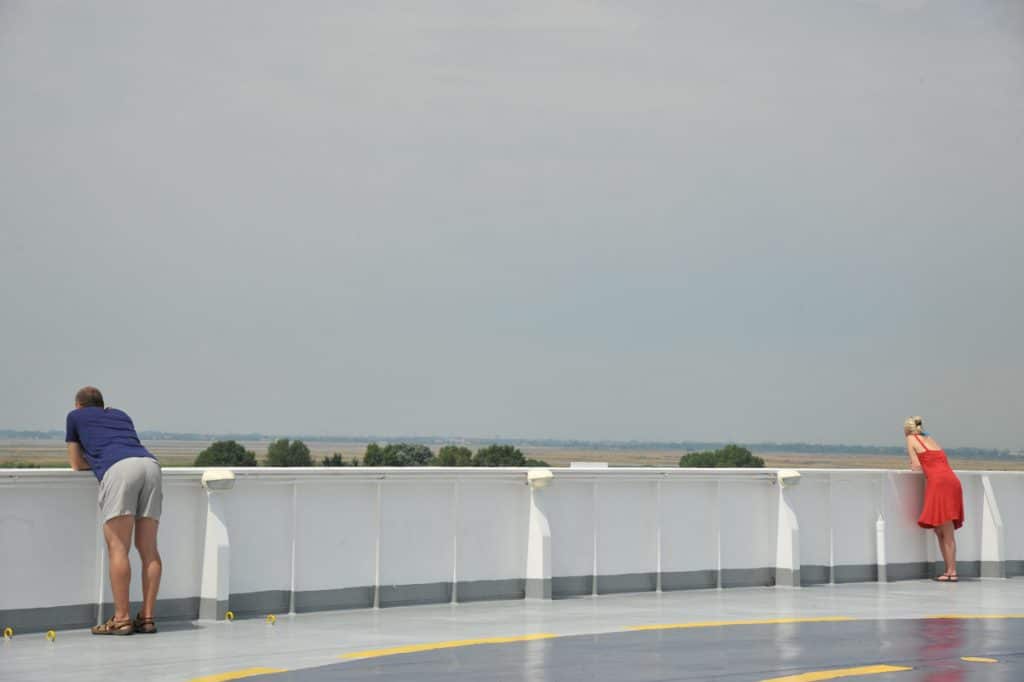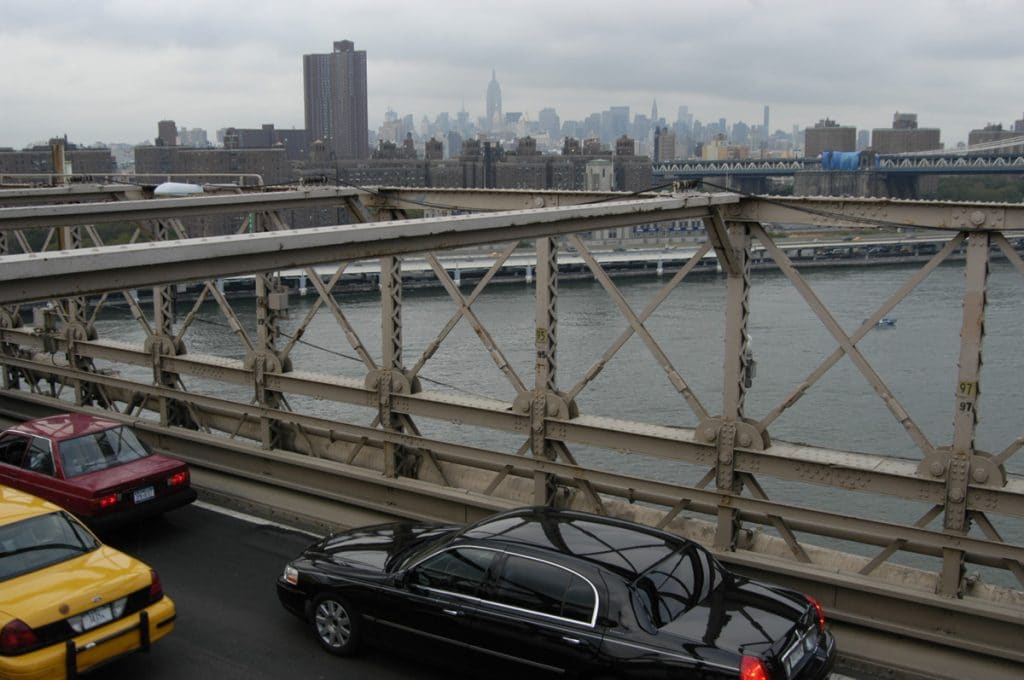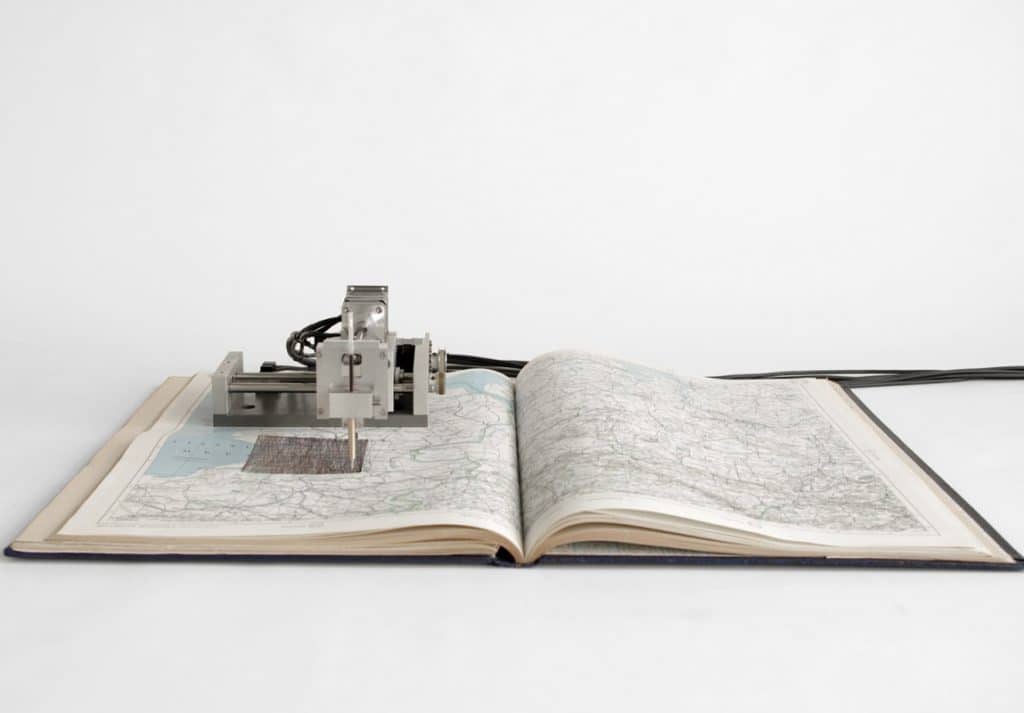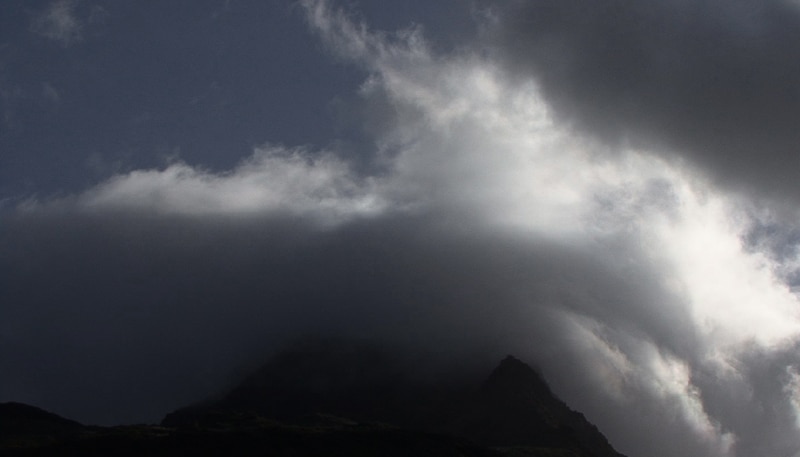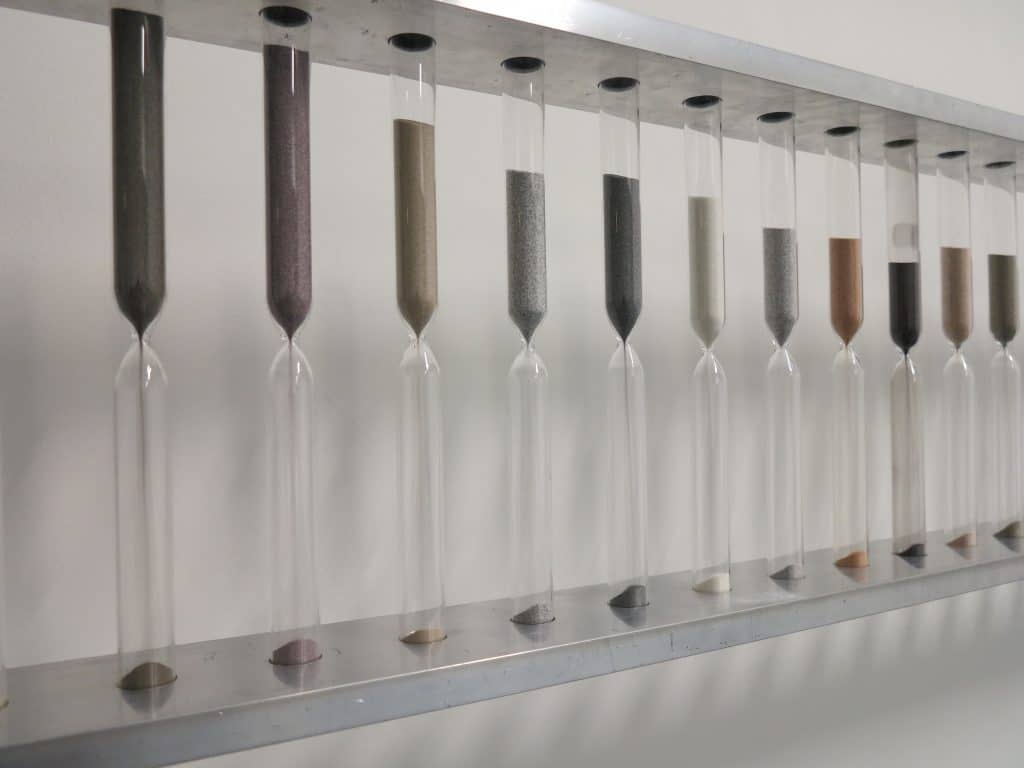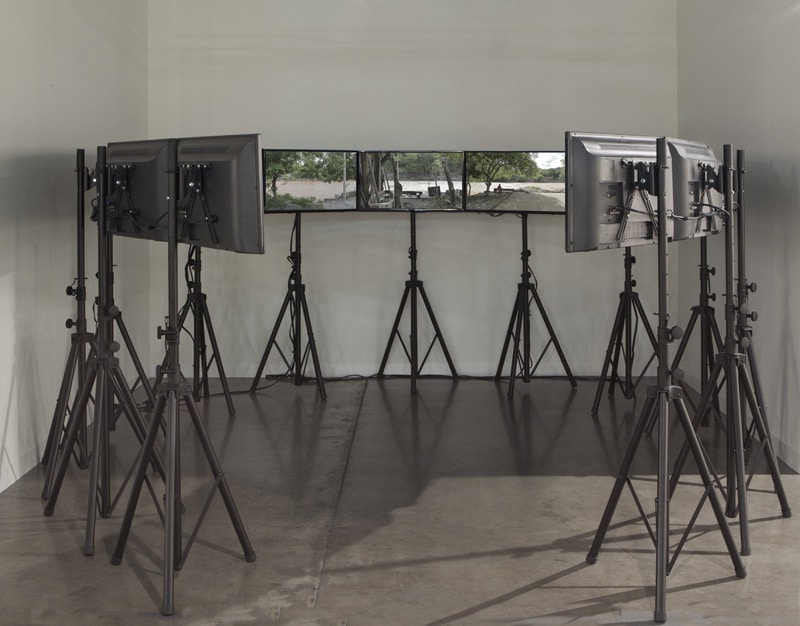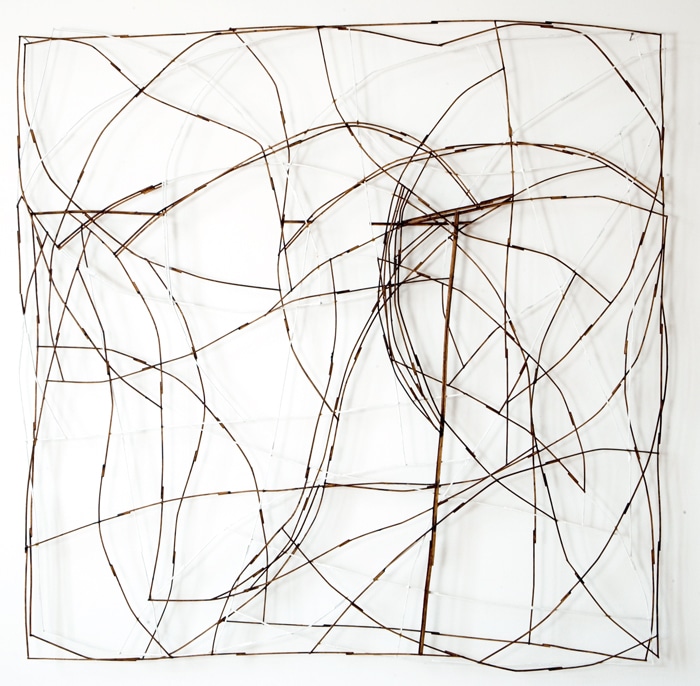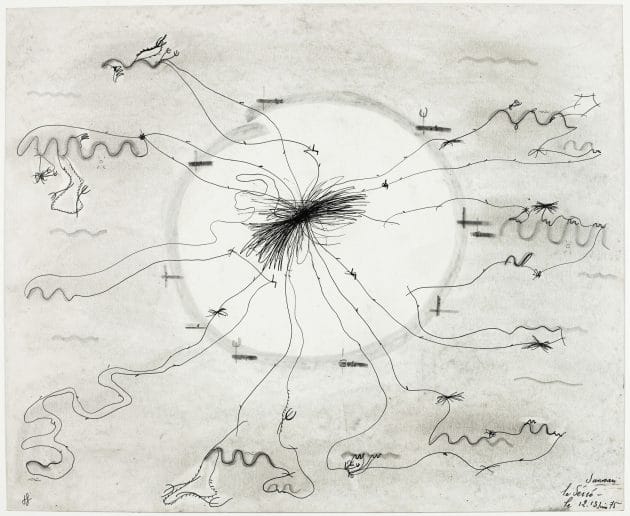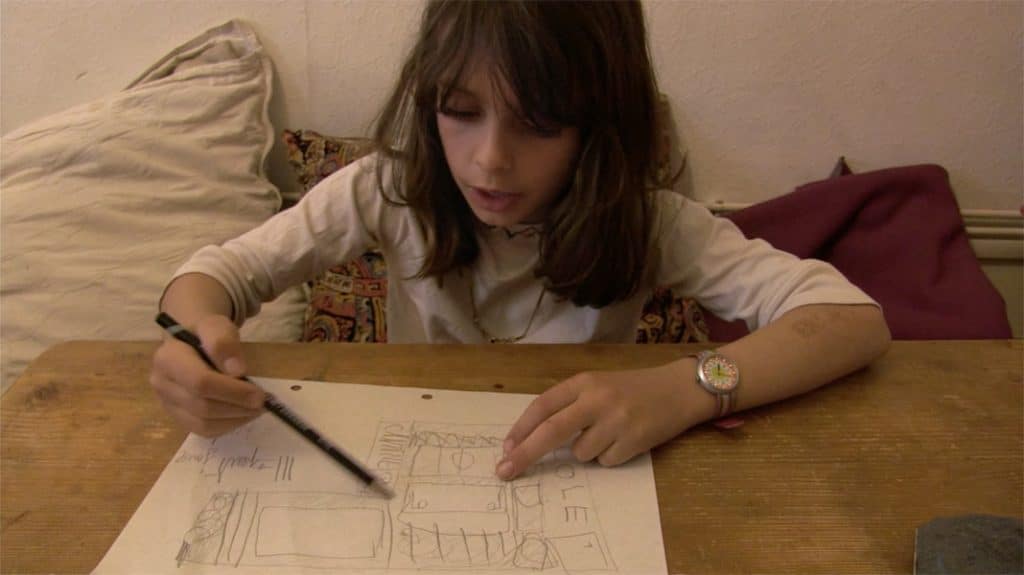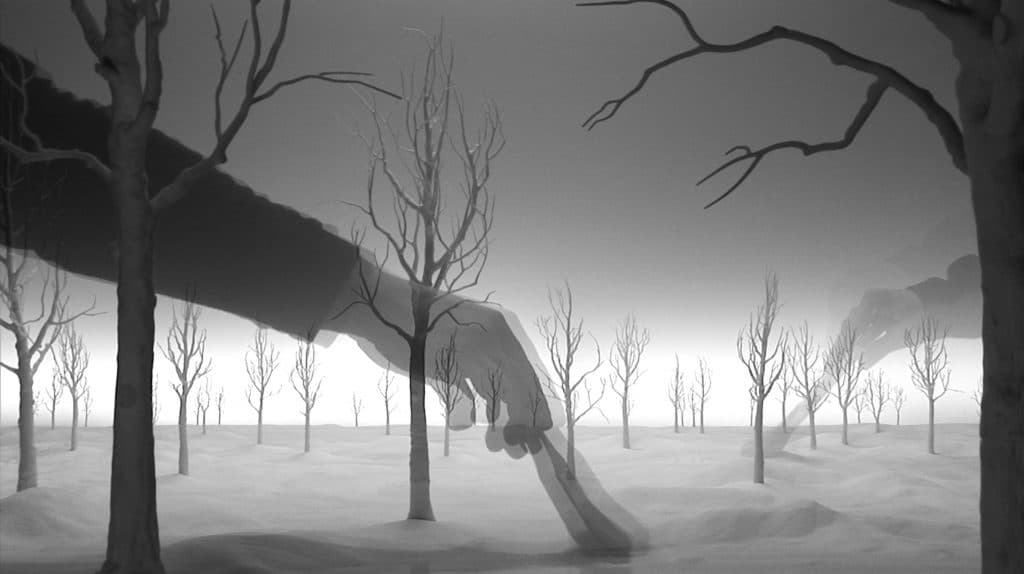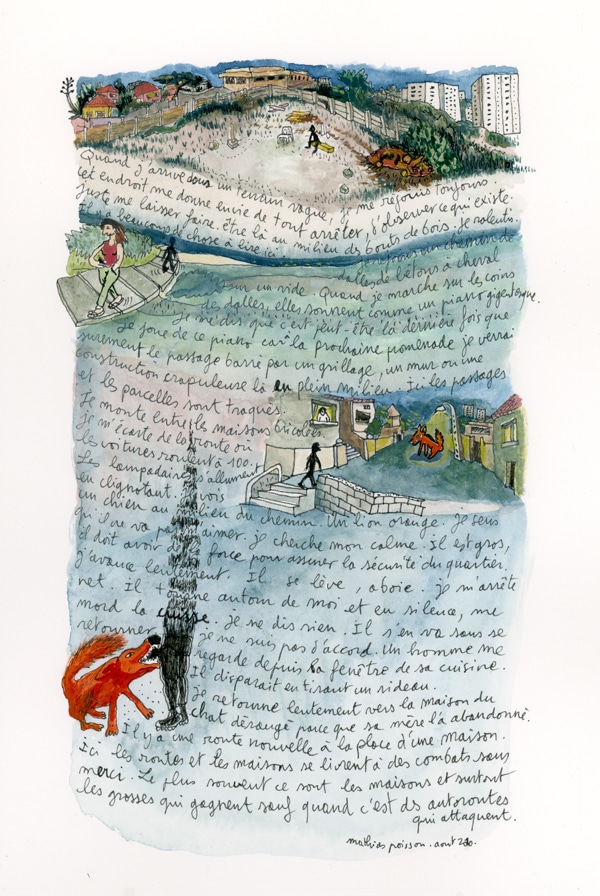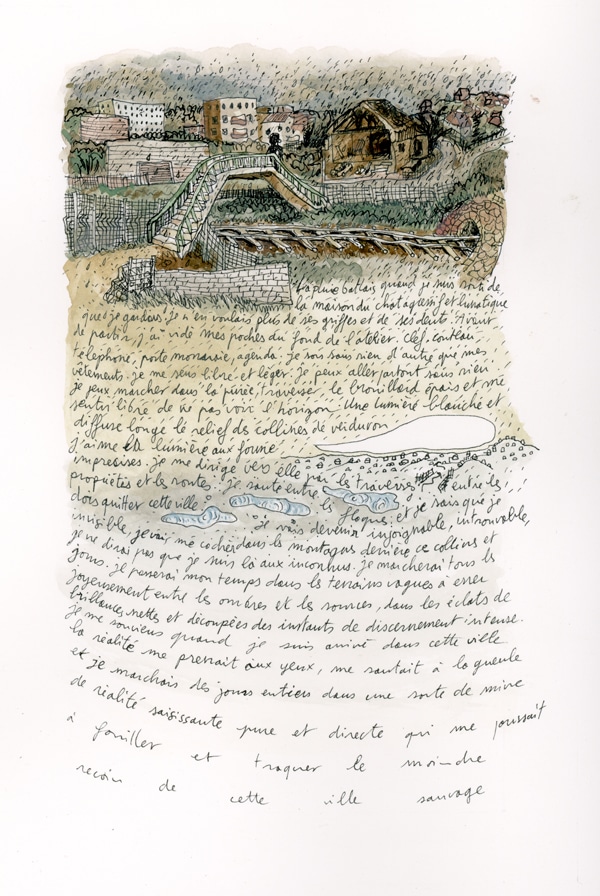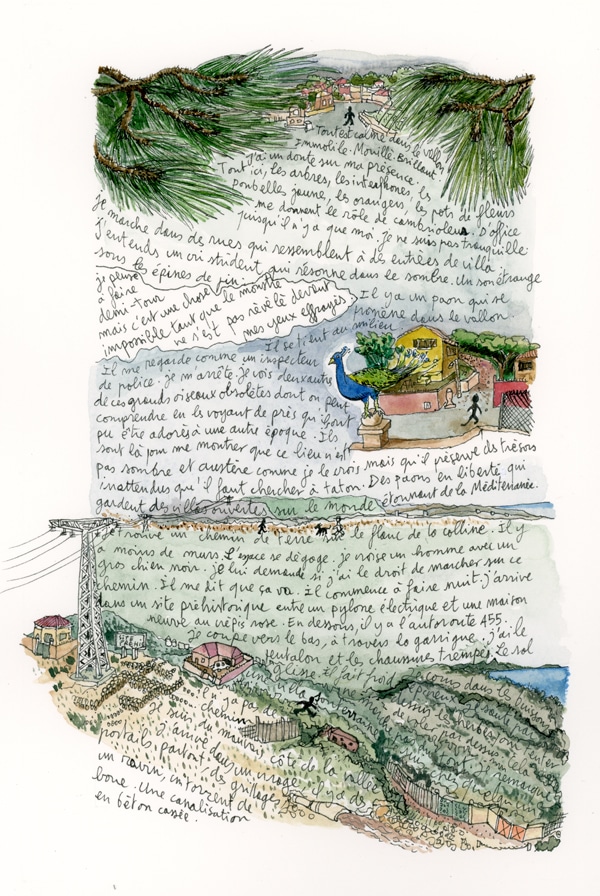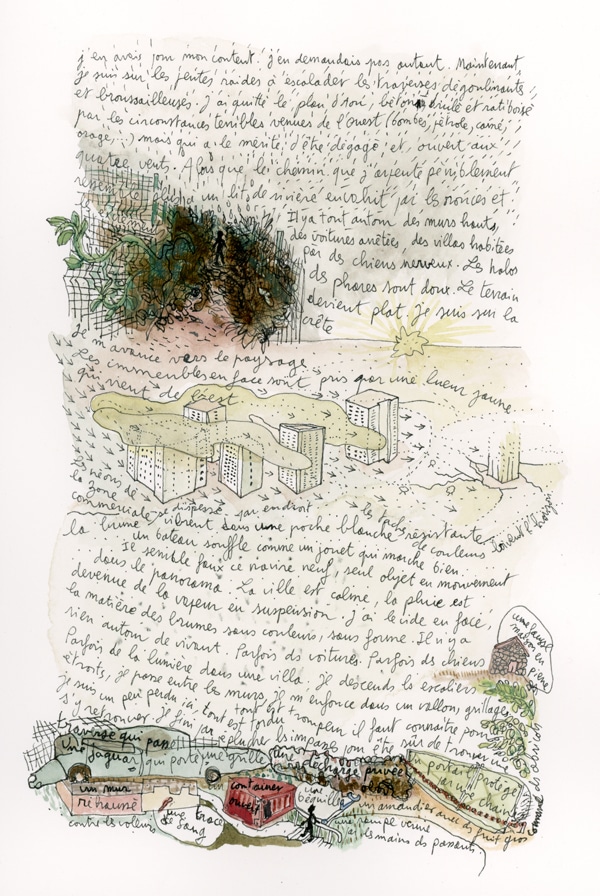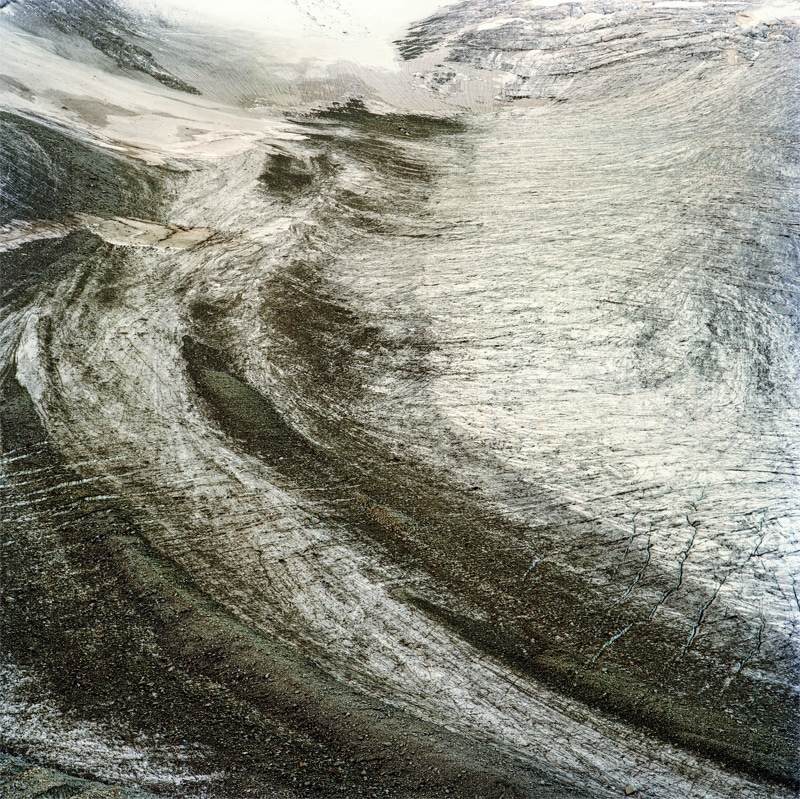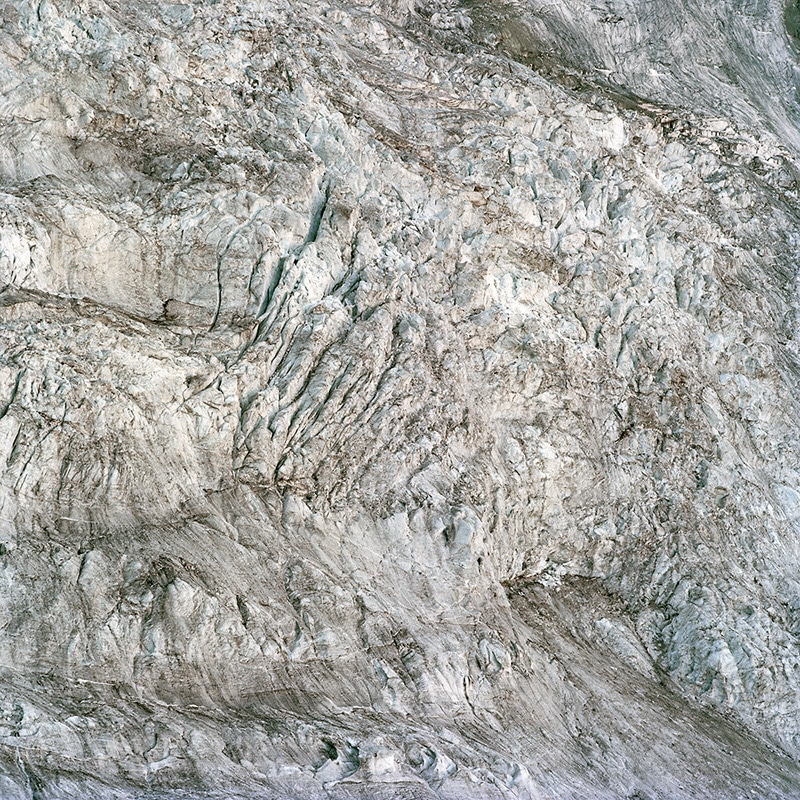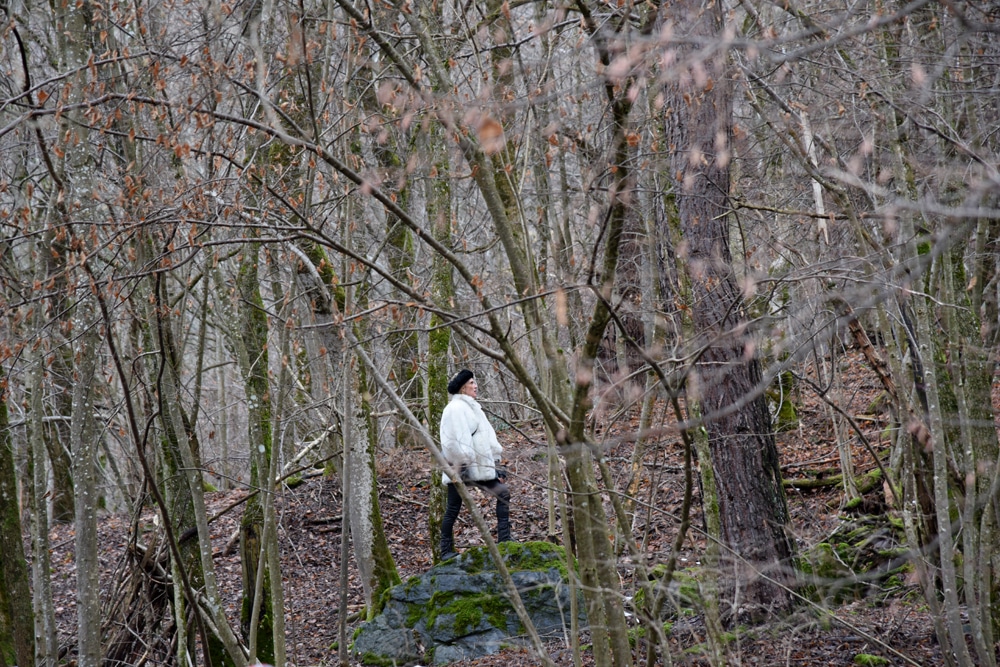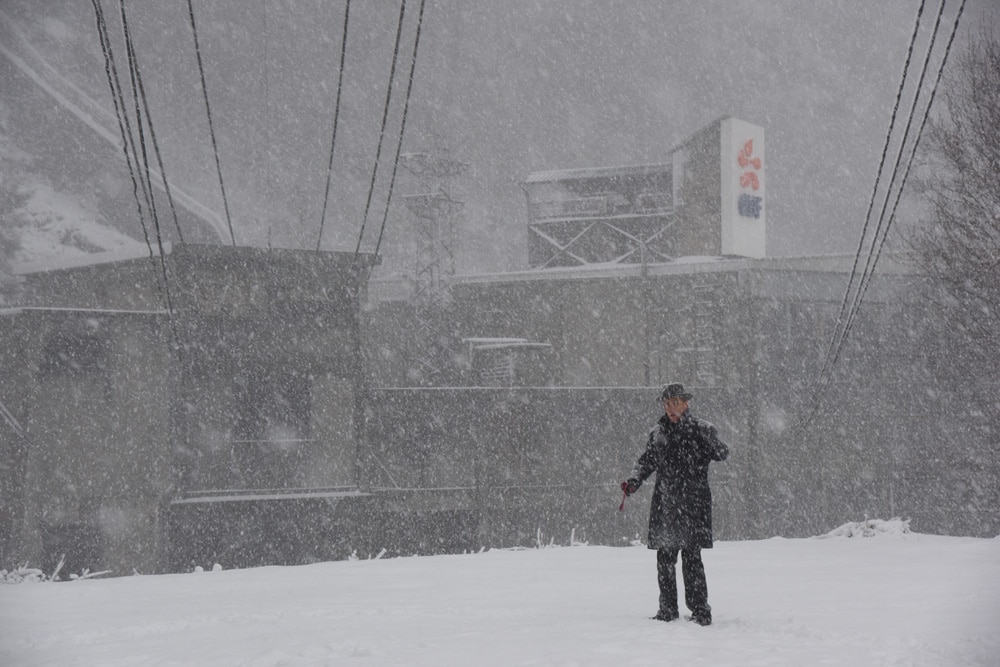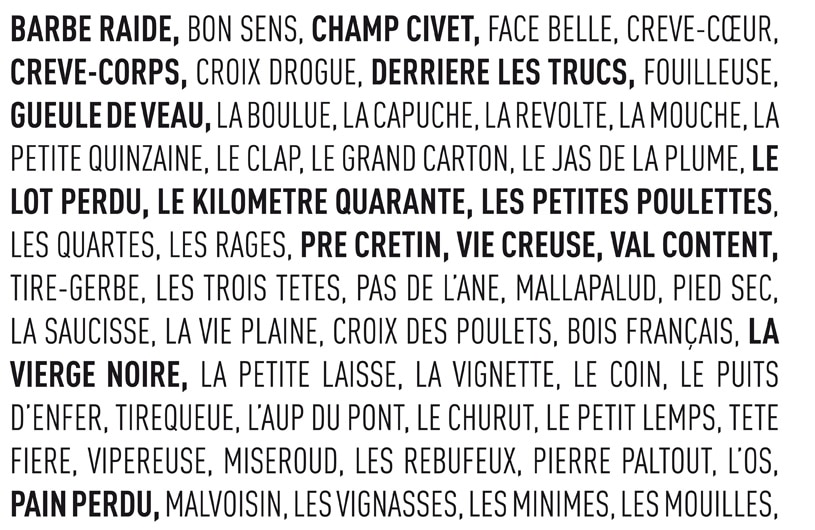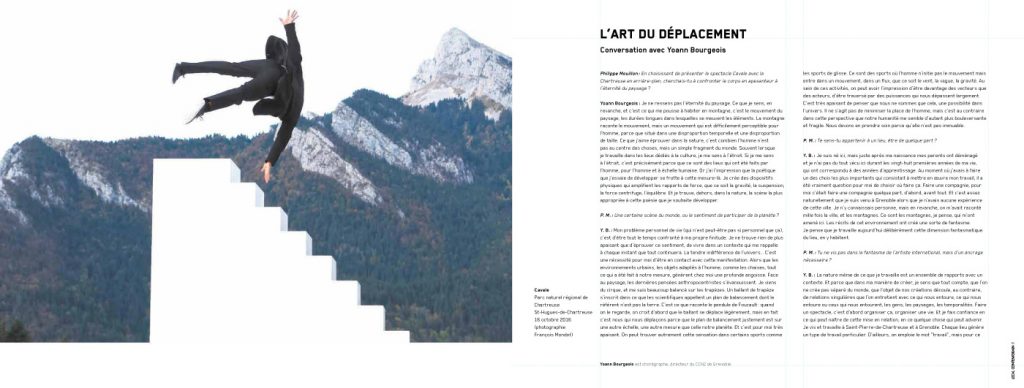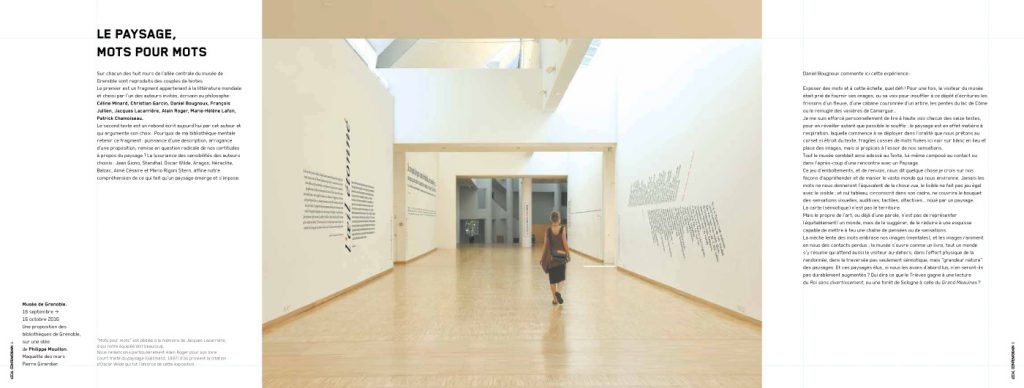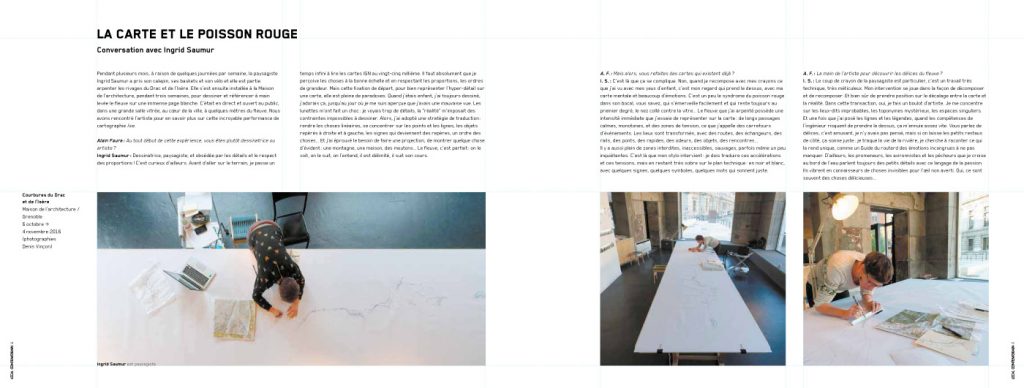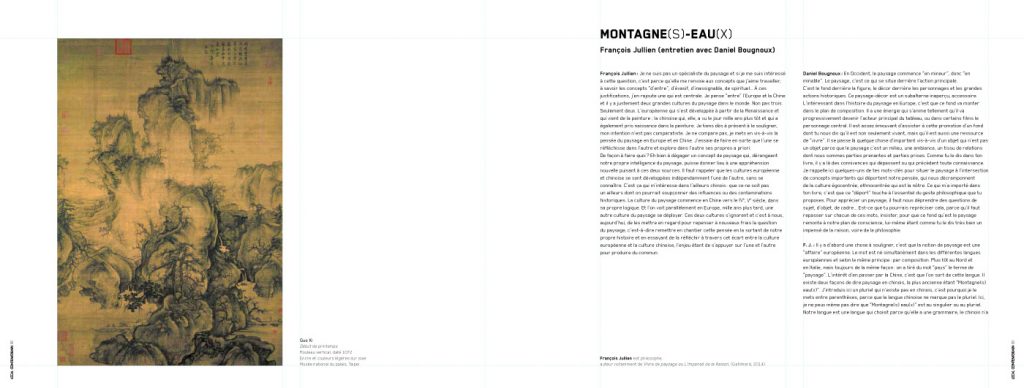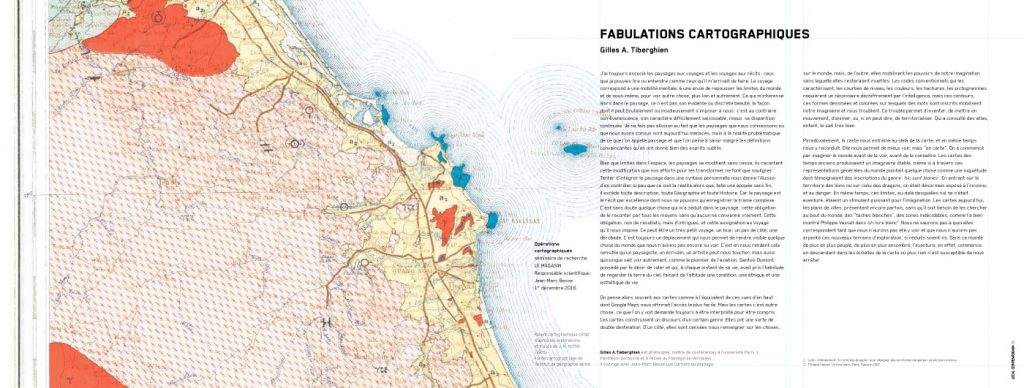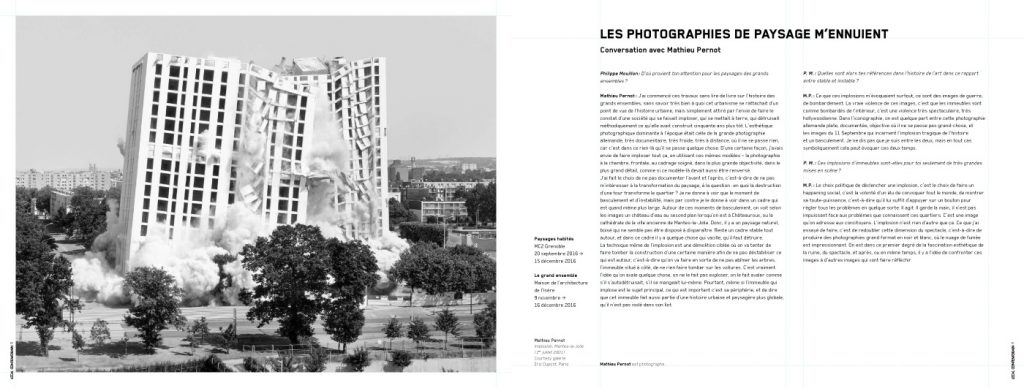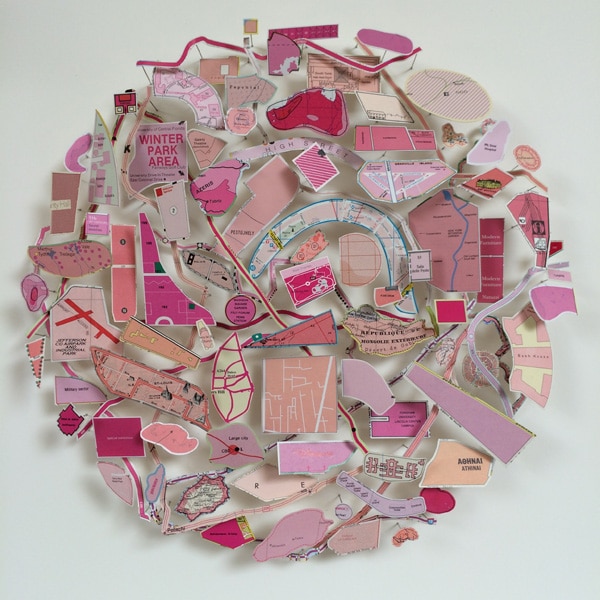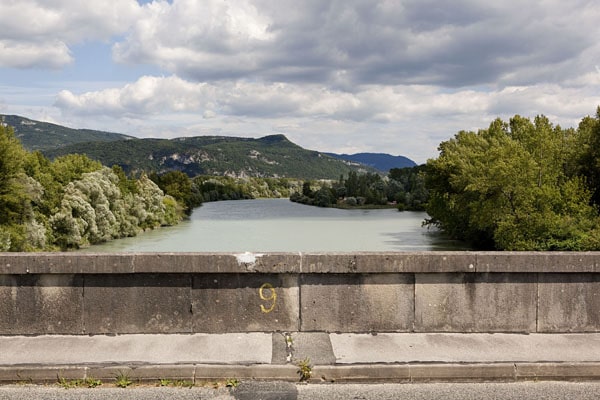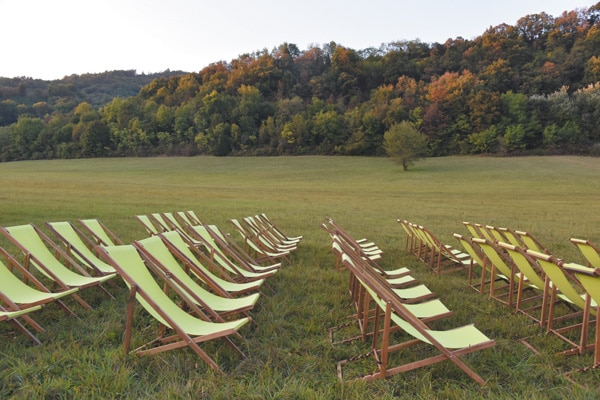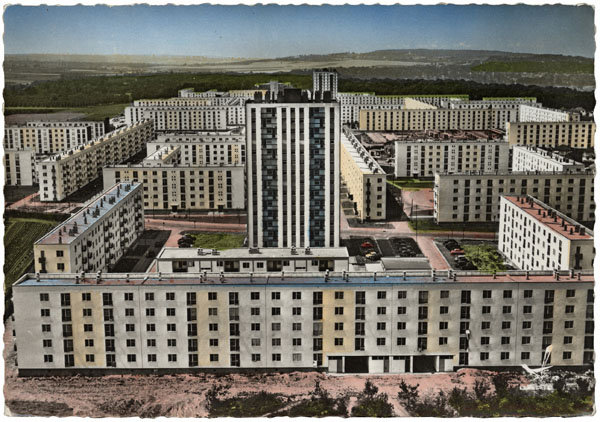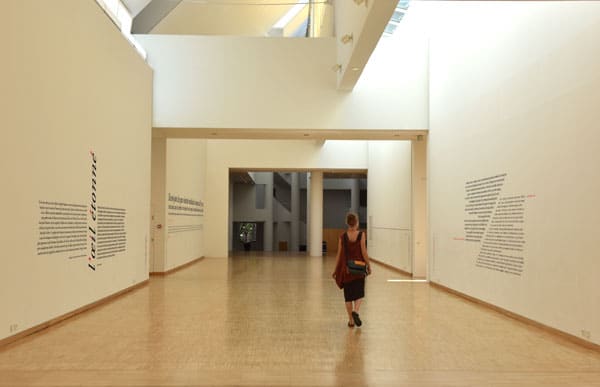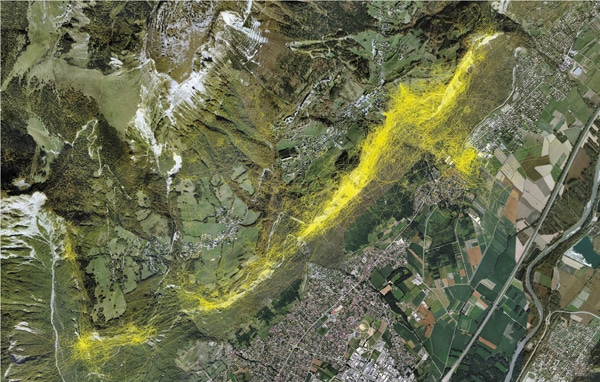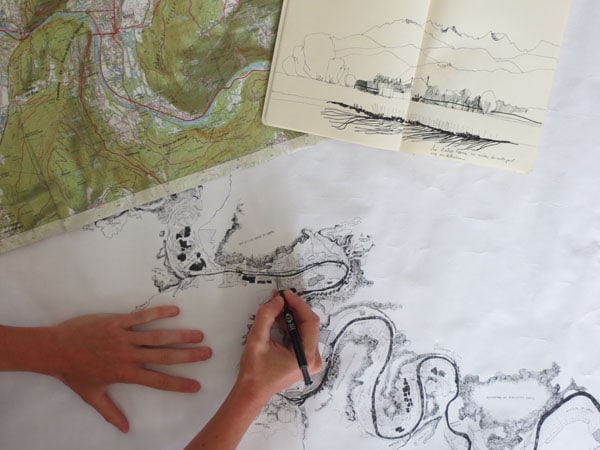landscape-animal
There is no virgin nature. There are only territories where the living are deeply inscribed and composed day by day, transforming them by their mere presence, by their breathing, by their capacity to invent unheard-of uses – nibbling the soil, weaving the drafts, flirting with water and the sun in unlikely alchemy. Each landscape crystallizes this proliferation of relationships, initiatives, tactics and special effects, this jumble of entangled trajectories, indifferent to human interests and projects, but where the human slowly emerged.
It is from the perspective of this interwoven construction of the landscape by humans and animals that we will approach the season 03 landscape> landscapes from March 20 to June 20, 2019. Here are some highlights of the program:
Between dog and wolf > Antoine le Menestrel > “Cathédrale” de Voiron > March 23, 2019 at 19h In opening of landscape-landscape
Building on an essential monument of the city, the church of Saint Bruno located in the heart of the city, Antoine le Menestrel undertakes with bare hands and for 40 minutes the vertical ascent of the facade to reach the sky to 67 meters from the ground, as if gravity did not concern him. The dialogue is fragile, delicate, magnetic between this disproportion of the building and this body, the arrogance of this little human animal, this bird made man, lizard until the central rosette, fluttering around the clock, before to run your head upside down between the warheads and cornices. Virtuoso verticals, Antoine the Menestrel touches the stone, the caress of a finger before taking it to the body and rush to meet the gargoyles, climbing without apparent effort to the top of the steeples.
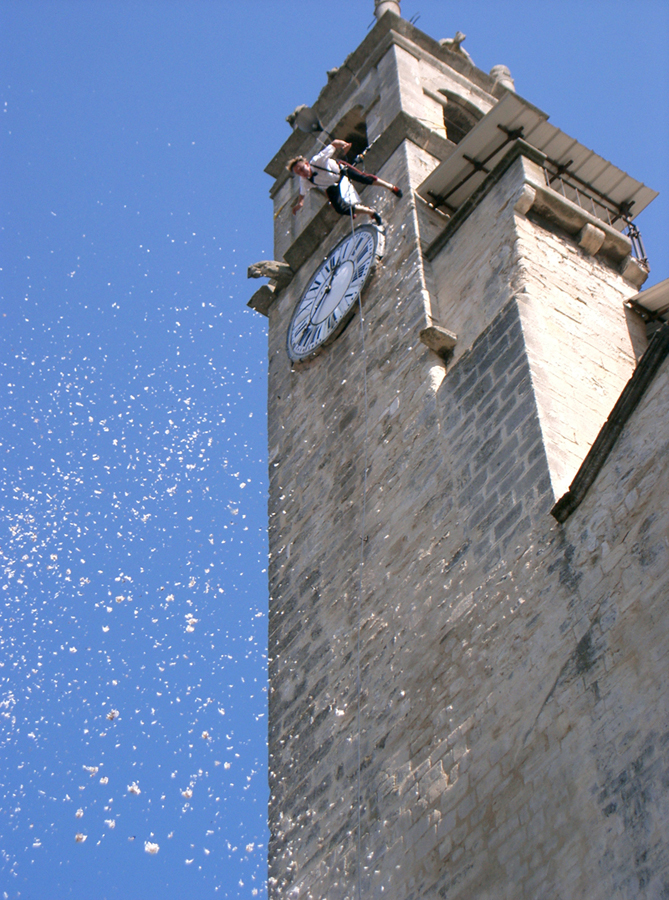
Between dog and wolf
Antoine le Menestrel
Opening of paysage-paysages
Eglise Saint Bruno de Voiron
> March 23, 2019
La vigie > Abraham Poincheval > Vizille Domain Park > Device visible from Thursday, May 2, then performance 24h / 24 from Thursday, June 6 to Wednesday, June 12, 2019
For a week, 24 hours a day, Abraham Poincheval lives in a sculpture. Nestled on top of a mast, like a monkey or a hawk, he watches and contemplates the city of men: “Installed on a platform of one meter ninety long and a meter wide, I stay a week in total autonomy. At this raft of the peaks, I am attached by a lifeline and all the equipment on board: a waterproof bag, a first aid kit, meals for a week, two jerrycans of nine liters, a red and a white , a watertight can, trash bags, a gas stove, kitchen equipment, two lighters, toilet paper, change of clothes, a high mountain sleeping bag, a rain cover, a cloak rain, a sleeping mat, a headlamp, a climbing harness, a dozen carabiners, a rope of thirteen meters. By this spectacular gesture Abraham Poincheval questions our animality and the unstable border between species. But this installation is also anchored in a very old imaginary, in particular that of Symeon le Vieux (392-459), monk of Syria, nicknamed the Stylite for having chosen to live his life of hermit at the top of a column (pens , in Greek), where he spent the rest of his days without ever descending, in the absence of any protection from the sun or bad weather. The faithful visited him during his lifetime, the food being given him in a basket pulled by a rope. Subsequently, a vast pilgrimage complex northwest of Aleppo, called Qalaat Siman, was built around its column. Other saints lived like him at the top of a column or at the top of a tree. These extreme gestures paradoxically express the elevation of the soul through reading, prayer and humility, and how asceticism is a daily struggle.
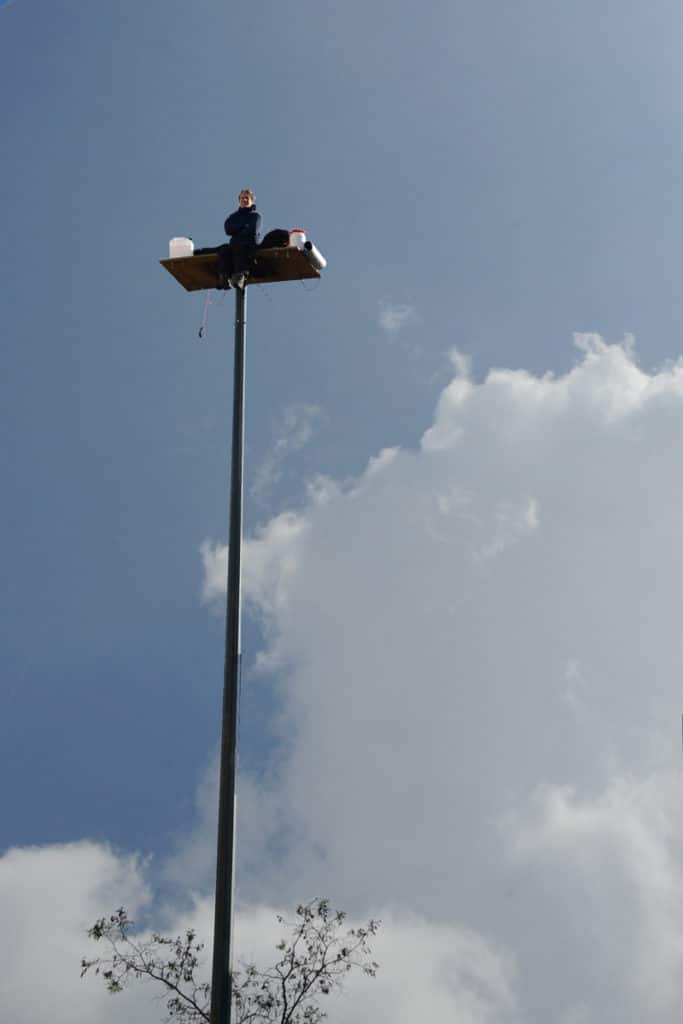
“La vigie”
Abraham Poincheval
Vizille Domain Park
June 6 > Wednesday 12
Sentinels > Victoria Klotz > Vizille Domain Park > 20 March> 23 September 2019
Implanted in majesty in the park of the Domain halfway between the domesticated nature of the French garden and the animal park, “The sentinels” is a monumental installation composed of ten animals which overhang us since long mats stuck on the ground. At once close and inaccessible, these animals observe us as well as we observe them. The animal species chosen: a wolf, a chamois, an owl, a marmot, a wild boar, but also a zebra or an antelope, have a fascinating and spectacular presence, joyous, sensual and serious. “Sentinels” thus evoke a kind of elemental animal as did the totems of the Amerindian tribes, that is to say, a founding animator, mediator, ambassador of the distant living, of immemorial origins, but an animality whose However, the future seems so uncertain today that it must return to the center of our concerns and our social order.
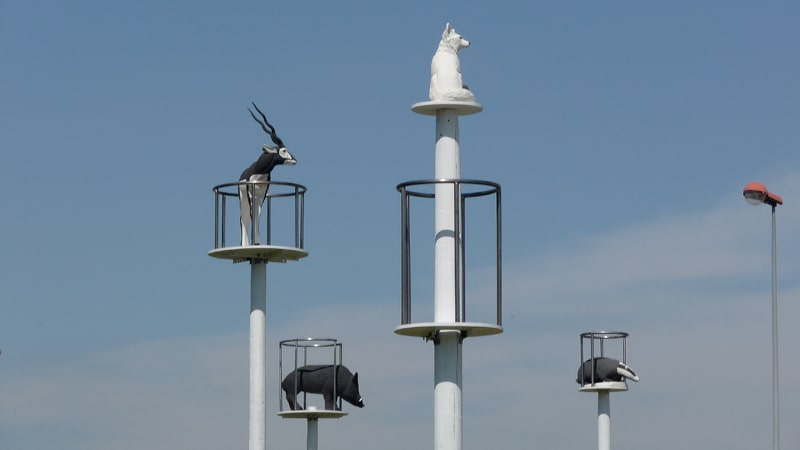
“Sentinels” (détail)
Victoria Klotz
Vizille Domain Park
20 March > 23 September 2019
Dialogue with a herd > Alpine pastures federation> Domaine de Vizille park> 3 May> 6 May 2019
How to approach a flock without fear and without putting oneself in danger? How do animals see, smell, experience the world? How to contact and communicate with animals? The “Dialogue with a herd” workshops offer an unprecedented opportunity to live an unforgettable experience close to alpine animals. You will never look at a flock again with the same eyes.
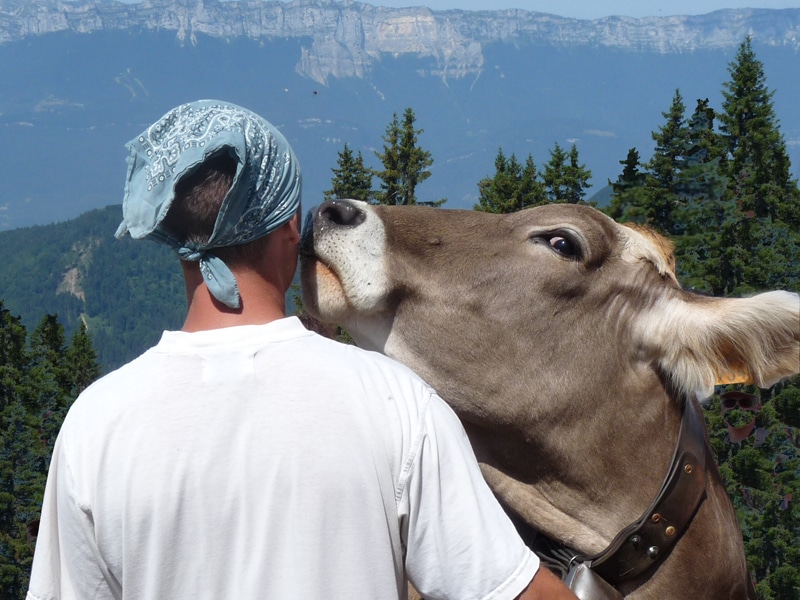
Dialogue with a herd / Alpine pastures federation
Experimentation open to the public on May 3rd, 4th, 5th and 6th at 10:00 am (Duration: about 2 hours)
Water Memory > Cyrille André > Park of Vizille Domain : May 2 > September 23, 2019
A white whale swimming in the air between the tree casks of Domaine de Vizille invites us to cast off and abandon ourselves to daydreaming. Have whales thus crossed Vizille at the time when the Tethys, the primitive ocean, covered the whole of Europe? Has she escaped Noah’s Ark or is she swimming after a catastrophic rise in sea levels caused by extreme global warming ?
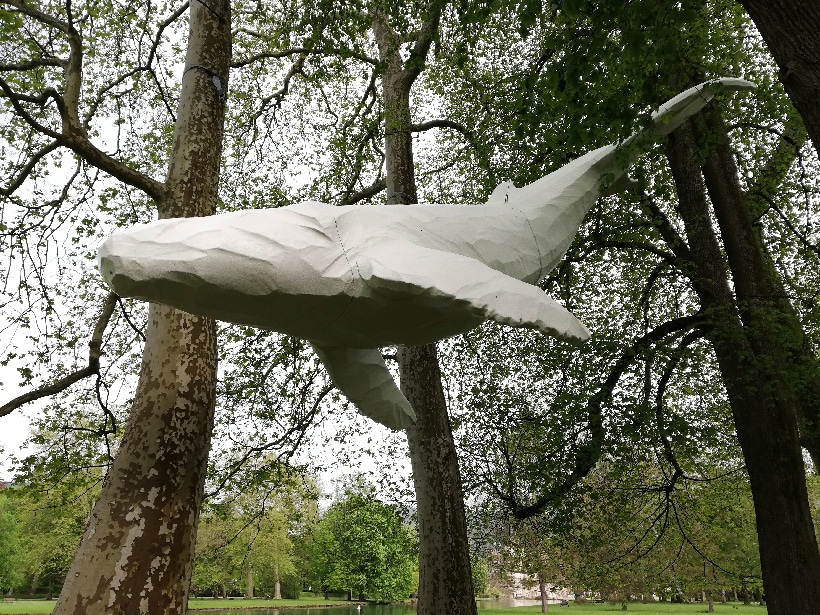
Water Memory
Cyrille André
Park of Vizille Domain
May 2 > September 23, 2019
Common property > Victoria Klotz > Domaine de Vizille Park: May 2 > September 23, 2019
If the common property is a moral notion that refers to the idea of a shared heritage among all members of a community, it is important to consider the possibility of integrating animals into this community. One could consider that domestic animals are “part of the people” and that they have an indisputable place in the use of the commons. This is why the artist installs bird boxes for the Colvert canes living in this site of Vizille, collective property, linked to the history of the French Revolution and to this perspective of shared common property.
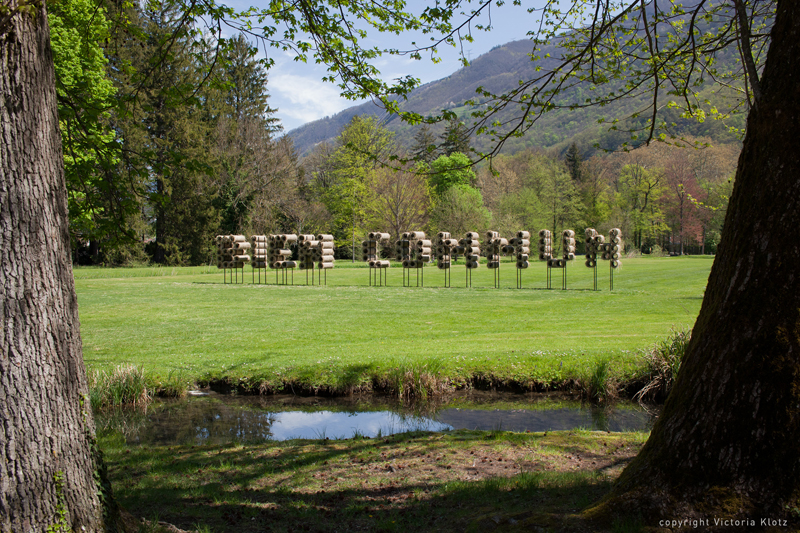
Maibaum > Jordi Galí – Cie Arrangement Provisoire > Domaine de Vizille Park > Saturday May 4th at 2pm and Sunday May 5th at 11am
Maibaum is a monumental volume, consisting of 8000m of meticulously woven string carefully woven by five performers, whose form appears to us at the end of the performance, revealing the meaning and the necessity of each gesture produced. During the two and a half hours of its development, the spectator will be free to come and go as he wishes to assist and experience this space being created. (in co-production with PACIFIQUE – national choreographic development center)
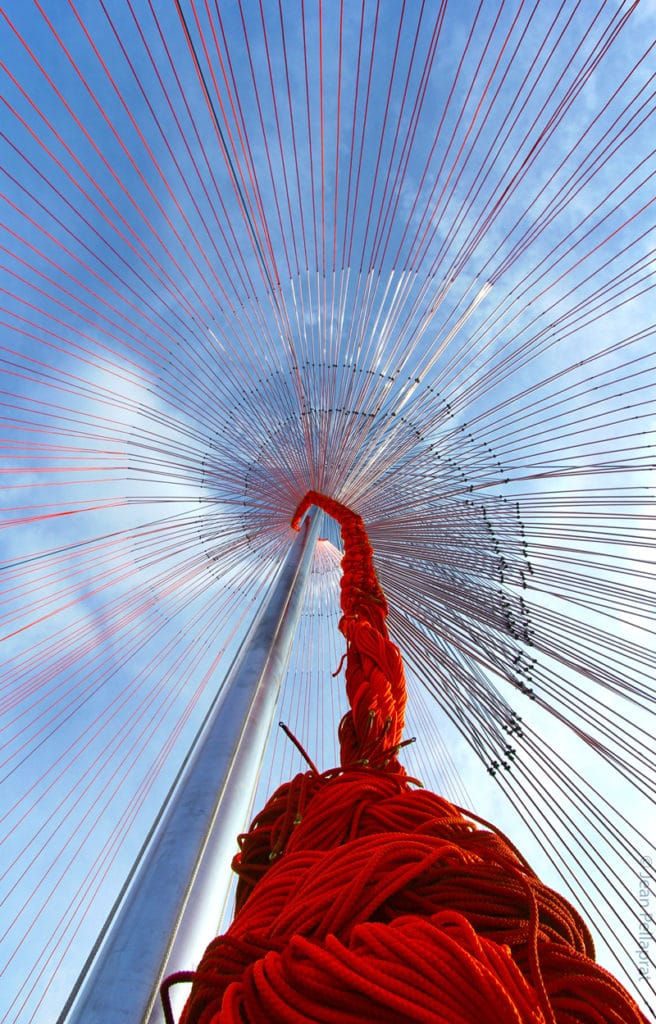
Maibaum Jordi Galí – Cie Arrangement Provisoire
Photo@jeanpellaprat
Ça Remue ! (It moves !) > Parc du domaine de Vizille : 2 > 8 May 2019> with the support of IDEX Université-Grenoble-Alpes > in collaboration with the laboratories PACTE, LECA, CRESSON, LARHRA, the House of Human Sciences, the Federation Alpine pastures of Isère and the PACIFIC
Each landscape is the heir of precarious balances, the index of lush and unstable dynamics between atmosphere / soil / plants / animals / humans. In this sense, it is always the index of a state of relations. Carefully observing a landscape can decipher relational logics past and present, and helps us discern the toxic components of its future state. The state of the premises seems alarming but we inherit immemorial innovations that we must reinvest: and the relational territory involving bees, flowers and beekeeper, or transhumance granting alpage + sheep + sheep + dogs + wolves.
On this promising soil, artists, researchers and animal practitioners gather in Vizille from Thursday 2 to Saturday 4 May to cross their approaches and to found new relationships between living species, new behaviors, new evolutionary directions that preserve , renew and amplify the quality of ecosystems. Every day, outdoor performances and experiments will allow us to play, test and deepen our animal relationships. These experiments involving animals and art installations will be extended beyond May 8th.
Ça Rumine ! (That Rumin ! ) > University Campus of Gières / Saint Martin d’Hères > Meeting-debate day at Sciences-Po on April 16, 2019 around the project of a permanent pastoral establishment on campus > with the support of IDEX Université-Grenoble-Alpes > in collaboration with the laboratories PACTE, LECA, CRESSON, LARHRA, the House of the Sciences of the Man, the Federation of Alpine pastures of Isère
: Plus d’informations > le programme de Ça remue sur le campus de Grenoble
This is an exploratory work gathering professional breeders and alpaculturists, scientists and artists. Our first guests are: Bruno Caraguel, director of the FAI, pastoralist engineer and sociologist, Laurent Four, sociologist of development and shepherd, Guillaume Lebaudy, ethnologist of pastoral and transhumance cultures, Jean-Marie Davoine, shepherd specialist in the domestication of animals breeding, François Pompanon, director of the laboratory LECA, specialist in the domestication and genomics of ruminants, Jean Estebanez, geographer specialized in staging devices for zoological gardens and animal work (…) This list will be completed in particular with users of the campus – teachers, students, agents and carriers of experiences in other campuses in France or abroad.
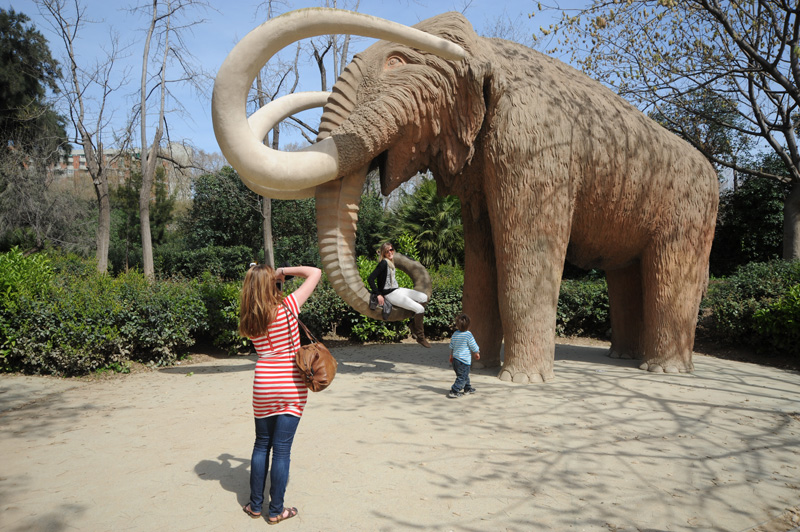
Device for staging zoos and animal work (Image Maryvonne Arnaud)
Ça Remue ! (It moves !) > University Campus of Gières / Saint Martin d’Hères > Each month, the House of Sciences of Man will host for one hour an author talking about an animal and its specific link to the territory, to amplify the awareness the importance of animals in the production of landscapes. Researchers, authors, artists invited on the occasion of season 3 > landscape > with the support of IDEX University-Grenoble-Alps > in collaboration with the laboratories PACTE, LECA, CRESSON, LARHRA, the House of the Sciences of the Man, the Federation of Alpine pastures of the Isère
- > That Booty ! Tuesday, March 5th from 12:15 pm to 1:30 pm around pollinating insects> with Emmanuelle Porcher, professor at MNHN and researcher at CESCO (Center for Ecology and Conservation Sciences, Paris) specialist in biodiversity and pollination
- > It climbs ! Tuesday 12 March from 12.15 to 13.30 around the chamois> with Anne Loison, CNRS research director, who develops the program of activities of the Alpine Ecology Laboratory (LECA) around the issue of dynamic plant-herbivore relationships in the mountain environment
- > It Flairs ! Tuesday, April 2 from 12:15 to 13:30 around dog / wolf / human / territory relations> with Nicolas Lescureux, ethno-ecologist, CNRS researcher at the Center for Functional and Evolutionary Ecology (CEFE)
- > Question: animals in the Renaissance landscape ? > with Nadeije Laneyrie-Dagen, art historian, about the function and the symbolism of the representation of animals in animal painting. > Hébert Museum, Hébert Road, 38700 the face, Thursday, April 11, 2019, 6:30 pm
- > Flush the landscape; an exhibition of Olivier de Sepibus (in residence at the LECA laboratory) Arboretum of the University Domain / from April 5 to June 21, 2019 + Performance art > science in situ around the exhibition on Thursday, June 20 from 17h to 18h30
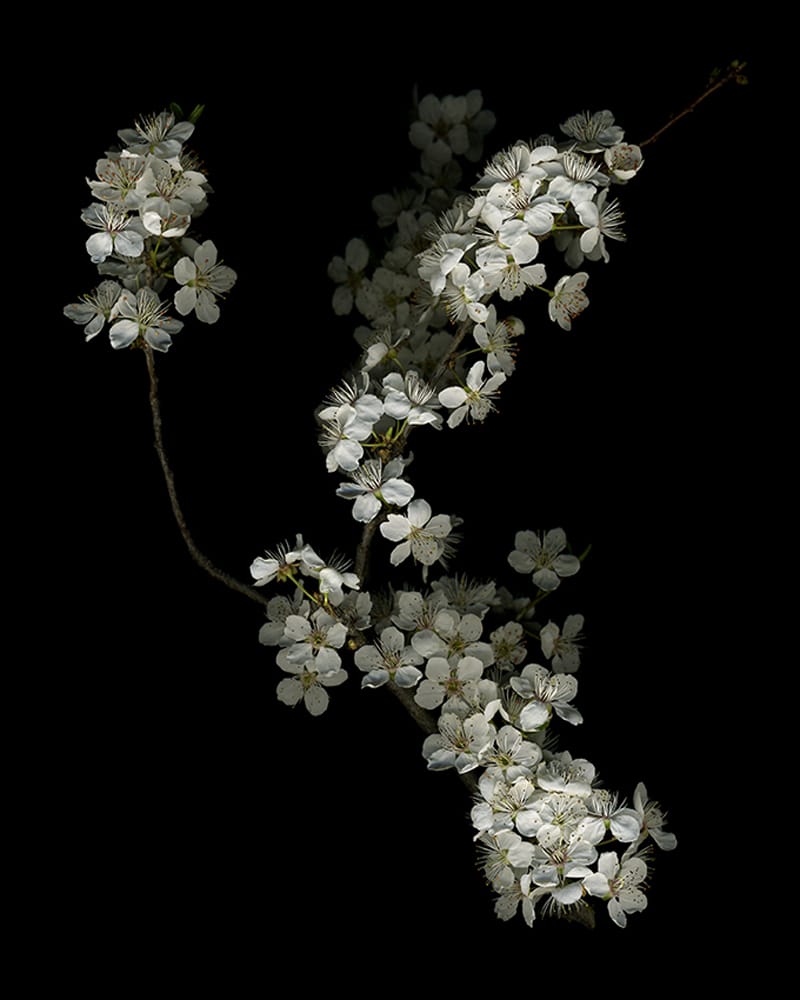
Olivier de Sepibus
Flush the landscape
Arboretum du Domaine universitaire de Grenoble
5 avril > 21 juin 2019
- > Go, Toto ! > screening of Pierre Creton’s film and debate with the author led by Robert Bonamy, senior lecturer in film studies at Grenoble Alpes University. > Mon Ciné Cinema, 10 avenue Ambroise Croizat, Saint Martin d’Hères, on Thursday, May 2nd, 2019 at 8:30 pm
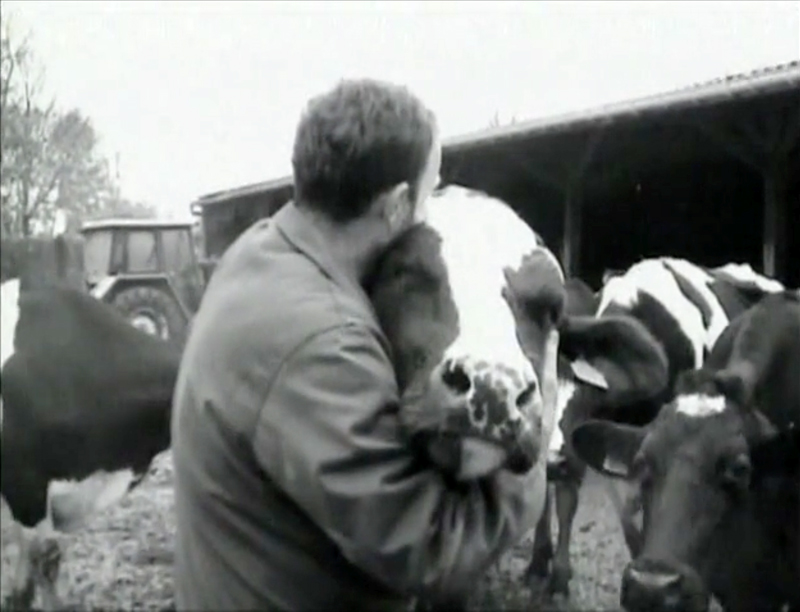
Image extraite du film Secteur 545 de Pierre Creton
Architectural birdhouses > Maison de l’Architecture de l’Isère > 21 March> 21 June 2019 / in partnership with the National School of Architecture of Grenoble, the League of Bird Protection, the Rectorate
In association with the Maison de l’Architecture, we will offer ENSAG students, as well as professional architects and all the inspired, to design and build a birdhouse. All the cabins will then be exposed to the M.d’A during the 3 months of landscape> landscapes. Each construction will have to offer a comfortable refuge to the birds, adapted to its way of life, each species looking for different spatialities for singular uses. Through this contest, it is the attention to the place of animals in the city and their preservation is mobilized here. Simple poetic or extravagant cabins, miniature houses or palaces of the Thousand and One Nights, the works resulting from this call for participation will be assembled in a set welcoming the infinity of animal diversities.
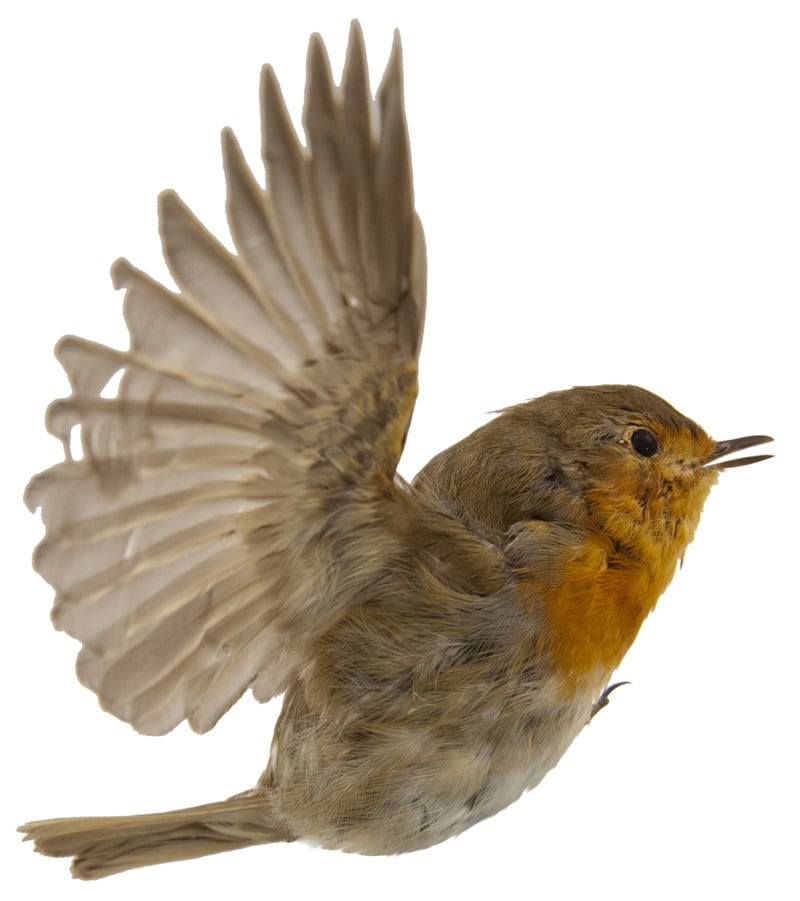
> Appel à projet de micro-architectures
Alban de Chateauvieux > Lost > VOG, art center of Fontaine> March 7 to May 4, 2019
On January 12, 2007, Alban de Chateauvieux stops in the middle of the street in front of a little placard bearing these words written in blue chalk “LOST PIGEON WHITE”, followed by a telephone number which is missing a number. This small paper hanging on his only piece of Scotch, was a revelation for Alban who, since then, collected over the course of his travels posters of lost animals. This exhibition honors extinct animals whose singular life has counted and whose absence reveals their emotional importance. They are all clearly individualized and carrying singular qualities, one beautiful, affectionate or tender, the other accomplice, reliable, funny or faithful. Each message of distress testifies to this established complicity and the intense relational link built day after day between a human being and an animal being, a form of broken harmony. For companionship familiar with animals reflects a relational need that goes beyond the scope of social exchanges to express other emotions, other scales of ourselves, difficult to express between humans. The animal parts of oneself, maybe, or fragments deeply buried and inaccessible without the help of these animal accomplices who intercede with other worlds or translate them, sliding without fear of vertigo on the edge of a window to blend in with the night or inhale carefully a breath of air laden with riddles.
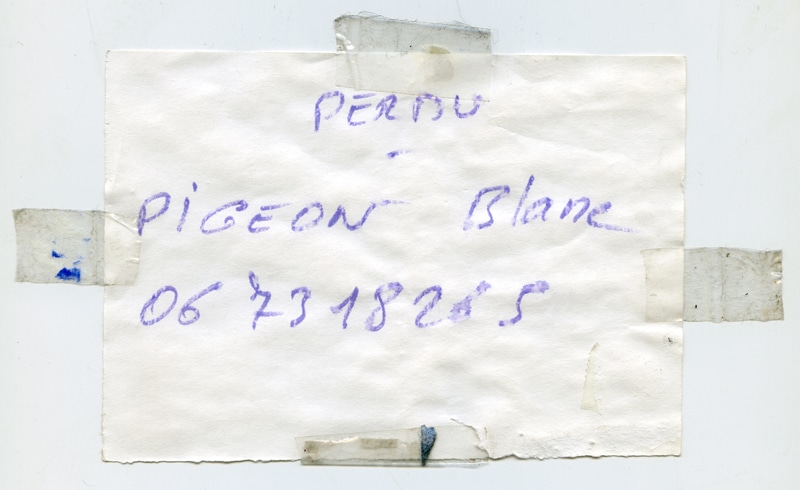
> Alban de Chateauvieux
> Collection des animaux perdus
> 7 mars au 4 mai 2019
> Le VOG, centre d’art de Fontaine
François Génot > Charcoal >Jules Vallès, Art Gallery of Saint Martin d’Hères> April to May 2019
François Génot is attentive to a certain savagery that remains or reappears in the wastelands, the neglected spaces of our urban environment. The spontaneous and irreducible emergence of the living, the disorder of the forms and the vegetal and animal dynamics are at the heart of his work. During his scouting on the sites near the place of exhibition, he picks brews of branches that he transforms into charcoal and then draws with the charcoals obtained directly on the wall. The movement of his hand generates forms of appearances as disjointed, neglected, carefree as that of the young shoots in spring, that is to say, fuzzy, open, disconcerting forms that project and explore all the possibilities offered to survive . And our viewer’s eye is invited to enter the depth and complexity of the drawing to delve into the enigmatic presence of the living.
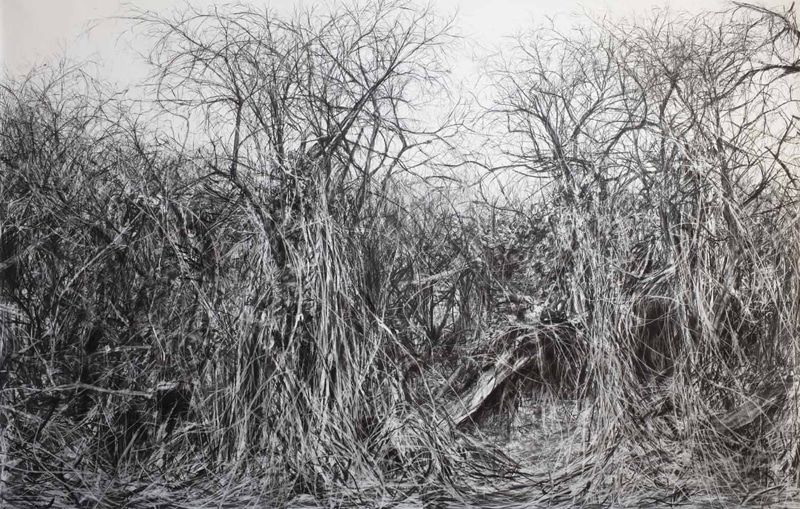
> François Génot
> Charcoal
> avril à mai 2019
> Jules Vallès, Galerie d’art de Saint Martin d’Hères
